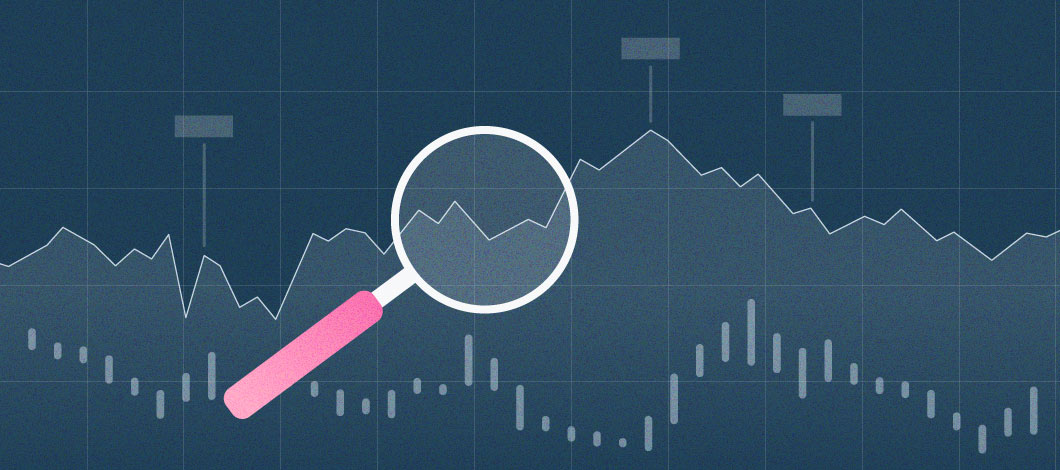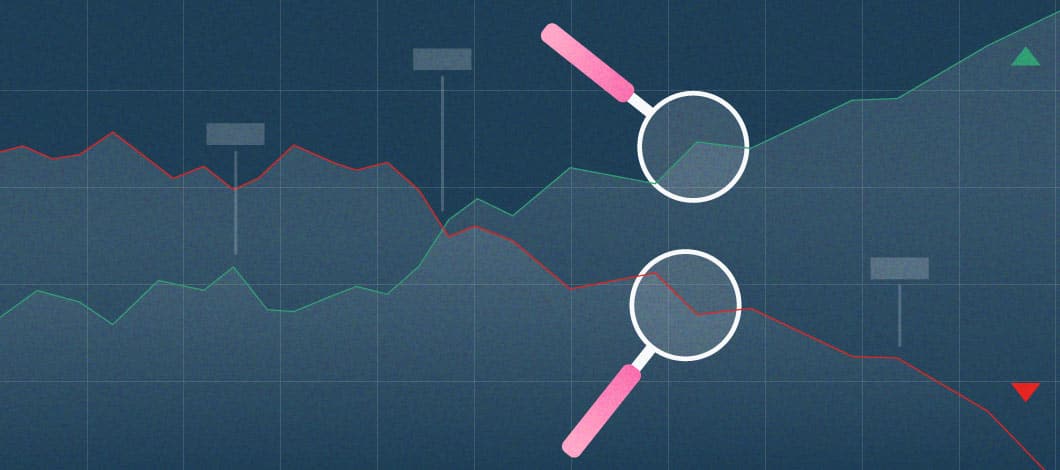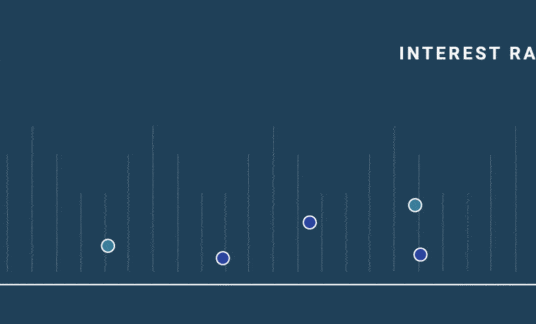Pro forma financial statements are valuable tools managers can use to plan for the future, anticipate and control risks and acquire funding for their business. And they’re not just for big corporations. Small business owners can benefit from them as well.
What Does Pro Forma Mean?
The term pro forma is Latin and can be translated to mean “for the sake of form.” Companies use pro formas to evaluate what-if scenarios and how they could impact their business.
Furthermore, when management has to gauge the probability of success or failure and decide if a potential return is worth the risk, pro formas are a way to examine the effects of different outcomes.
What Are Pro Forma Financial Statements?
A pro forma financial statement offers projections of what management expects to happen under a particular set of circumstances and assumptions. Standard financial statements are based on a company’s historical performance. In contrast, the purpose of pro forma financial statements is to look to the future or to analyze hypothetical scenarios of what could be. They do not include one-time items and do not conform to Generally Accepted Accounting Principles (GAAP).
Businesses can develop pro forma income statements, balance sheets, revenue projections, estimates of costs and expenses and expectations of cash flow, such as the result of a merger or the introduction of a new product.
Adjustments for Nonrecurring Items
Suppose a company has recently gone through a substantial restructuring program. Stores or plants were closed; employees were laid off and benefits paid; departments were combined. All of these events had one-time, or nonrecurring, costs.
Under standard Generally Accepted Accounting Principles, these nonrecurring restructuring costs would get posted on the company’s income statement, substantially reducing profits or maybe even showing losses.
However, management could prepare a set of pro forma statements to remove these extraordinary items and show the results of the company’s normal business operations.
This would be helpful to lenders and partners who might otherwise be alarmed at such a negative performance. The more positive presentation from the pro formas could restore confidence that the restructuring was a correct decision and the company would continue to operate profitably.
Keep in mind, it is illegal to use pro forma financials to mislead investors.
When Are Pro Forma Statements Used?
Managers can use pro forma statements for a variety of reasons to illustrate the effects of executive decisions or expected changes in business.
Secure Funding
As businesses grow, they often need to secure additional funding. If outside funds are needed, pro forma statements can help present the expected future results to lenders and other investors.
Let’s suppose Blue Widget Corporation has introduced a new model widget. Sales are skyrocketing, putting a strain on the company’s cash flow. Management prepares projections for the next several years of the expected revenue increase and the rise in costs of operations. These projections detail how much money the company will need to borrow and how the loan will be paid back.
Pro formas can help a company and its lenders determine the most appropriate type of financing.
Forecasts for Results of a Merger or Acquisition
Acquiring another corporation or merging operations can be complicated. When presenting these ideas to other partners, lenders or to a board of directors, pro forma projections can clarify things.
Managers have to make difficult decisions and may have many questions: Which offices and plants will be kept and which ones will be closed? Will departments be consolidated and employees laid off? How will new product lines affect revenues?
These questions can be answered with the preparation of pro forma financial statements.
Analyze Risks
What if Blue Widget Corporation wanted to introduce a new product line that would cost $1 million in new plant expansion and equipment and another million in marketing and promotion? What would be the effects on the financial health of the company if the project failed?
Pro forma projections could shed some light on the best-case and worst-case scenarios.
If the project is successful, the company could reap the benefits of profits and positive cash flows. But if not, the losses might deplete the company’s capital base and create financial hardships. Pro formas can reveal the company’s capacity to absorb a worst-case situation and be able to continue operating.
Pro Forma Examples
There are several types of instances when pro forma statements can be used. Here are pro forma financial statement examples:
Pro Forma Income Statement
Income statements indicate the profitability of a business. This is done by taking the difference between revenue, or sales and expenses, or the costs involved in doing business. On a pro forma income statement, revenue is calculated based on events that could increase or decrease sales. When creating your pro forma income statement, it’s important to use realistic assumptions to estimate your revenue projections.
Keep in mind, expenses can be fixed or variable, and they are calculated as a percentage of sales. You can calculate a base percentage of sales by averaging sales over a certain time frame, and then use that percentage to estimate your projections.
Pro Forma Statement of Cash Flow
The statement of cash flow indicates the amount of money that goes in and out of a business. This includes activities specific to operating, financing and investing. A pro forma statement of cash flow can be helpful in determining when there might be a shortage of cash, which could help determine whether cutting expenditures or taking on a loan could help. It could also help determine if a surplus of cash is projected.
Pro forma cash flow statements cover short-, medium- and long-term time periods.
The short-term method projects cash flow over several future weeks and is considered highly accurate. It takes into account cash payments for existing accounts payable and cash receipts from invoices that are outstanding.
Pro forma cash flow for the medium-term refers to estimating revenues for items that haven’t been billed as well as expenses needed to support the revenue. You can do this by referencing your order backlog for several future months, which are translated into cash receipts.
Though not considered very accurate, the long-term method takes into account budgeted revenues, which are translated into cash receipts. It also considers expenses, which equate to payments.
Pro Forma Balance Sheet
A company’s balance sheet shows a company’s financial position and it’s made up of assets, liabilities and equity. When creating a pro forma balance sheet, you might consider if any assets will be purchased, any investments will be sold or any debt will be paid.
In the business lending world, lenders will look at a company’s pro forma balance sheet to determine the debt-to-equity ratio for additional lending. If it’s too high, borrowing may not be available.
How to Prepare Pro Forma Financial Statements
To prepare a pro forma statement, you can use a financial statement template or pro forma sample spreadsheets, like these from Smartsheet.
When building pro forma financial statements, be sure to use realistic, conservative figures.
To prepare your pro forma income statement, you’ll need to determine your estimated revenue projections.
Then estimate all of your costs and liabilities, such as loans, rent, payroll, taxes, etc.
After this, use your costs and revenue projections to find out what your future net income might be.
You can then determine the net effect on cash based on the hypothetical scenario.
It’s important to note that the U.S. Securities and Exchange Commission has guidelines to govern the preparation of pro forma financial statements for public companies.
Pro Forma Modeling With Ratios
One tool that lenders use to evaluate the performance and financial health of a company is the calculation of financial ratios for various scenarios of revenues and expenses. Lenders use ratios to gauge a company’s liquidity, profit performance and debt-to-equity leverage.
Lenders want to feel comfortable that a business has sufficient working capital and liquidity to support its operations. For example, they will look at projections of changes in the current ratio, current assets divided by current liabilities, under different economic conditions to make sure that enough liquidity is being maintained.
Will the company be as profitable in the future as in past years? How profitable is the company compared to others in the same industry? Pro formas will show management’s expectations.
Prudent financial management requires a balance between the amount of debt a company owes compared to its equity base.
Company management should look at their pro forma financials to make sure their ratios comply with lenders’ guidelines.
Issues With Pro-Forma Financial Statements
While pro forma financials are useful for management to evaluate the consequences of various alternatives, they can sometimes present more optimistic pictures of future results. GAAP requirements are often omitted from pro forma statements because they result in more negative reporting.
For example, GAAP requires deductions for such expenses as depreciation, amortization, restructuring expenses, one-time costs, stock payouts and employee stock options. Management might not feel that some of these expenses affect cash flow or are not part of normal operating costs, however.
Litigation is another area of difference between GAAP and pro forma financials. Occasionally, a company may receive an adverse judgment in a lawsuit. GAAP would require that this expense be reported on the company’s income statement, but management would not consider this to be a recurring expense and may elect to prepare pro forma statements that reflect normal operating results.
However, ongoing litigation might be a regularly occurring cost in some businesses, such as medical devices, and should be reported as a normal cost of doing business.
Pro Forma Statements and Budgets
The preparation of pro forma statements in various economic environments is useful for management to examine the consequences of rises in expenses or economic downturns. With the best guesses of future results, managers can prepare budgets for all departments to deal with the expected conditions.
The opposite is also true. Optimistic pro forma financials help managers prepare for increases in sales and profits. They may need to increase purchases of inventory, hire additional staff, lease more warehouse space and secure additional lending to finance the rise in current assets.
Management’s responsibility is to never get caught by surprise, anticipate changes and always be prepared for upcoming conditions. Pro forma financial statements are essential tools to meet those obligations.
They Are Essential ‘What If’ Modeling Tools
Pro forma statements are versatile. Managers can use them to play with various what-if scenarios. This might be the introduction of a new product, the acquisition of another company, the purchase of new equipment or the closing of a money-losing division. The objective is to examine various alternatives and determine the best course for the business.












